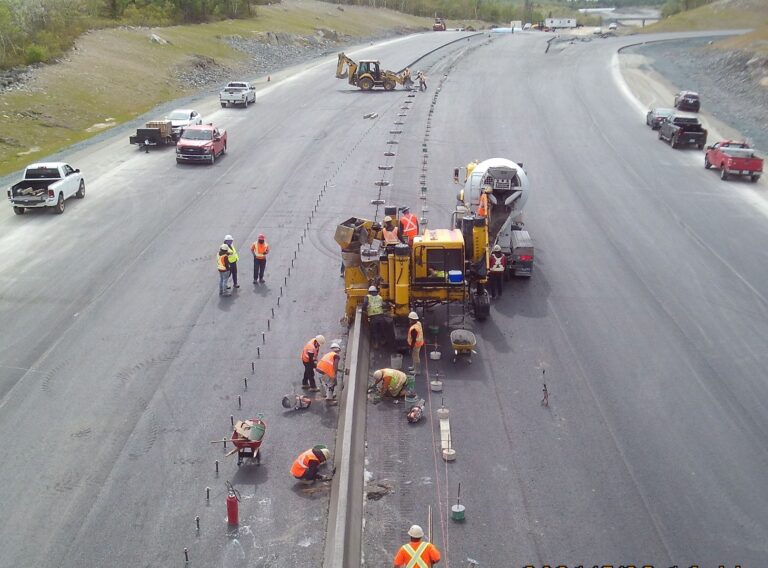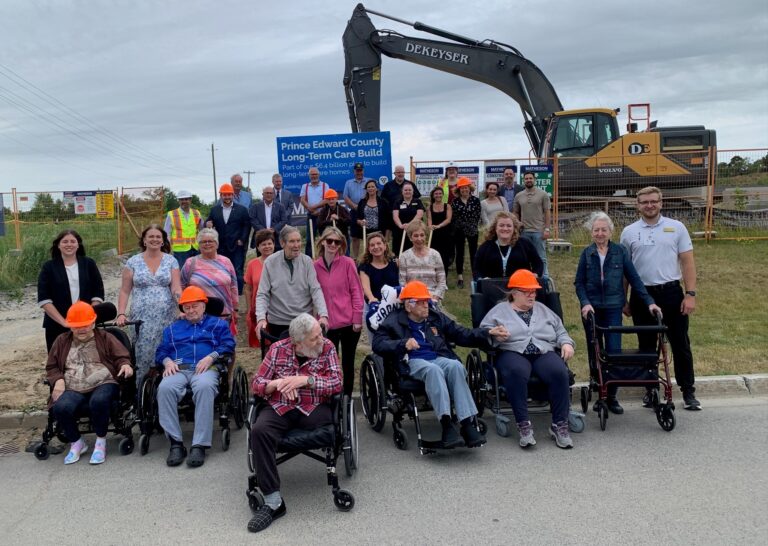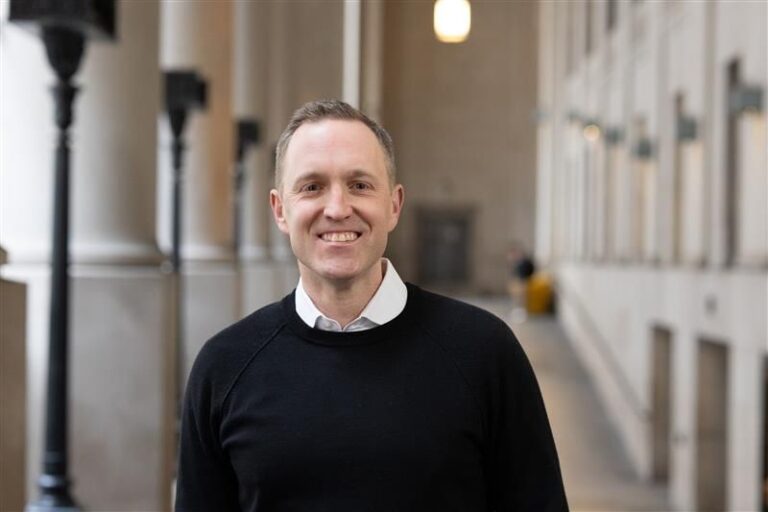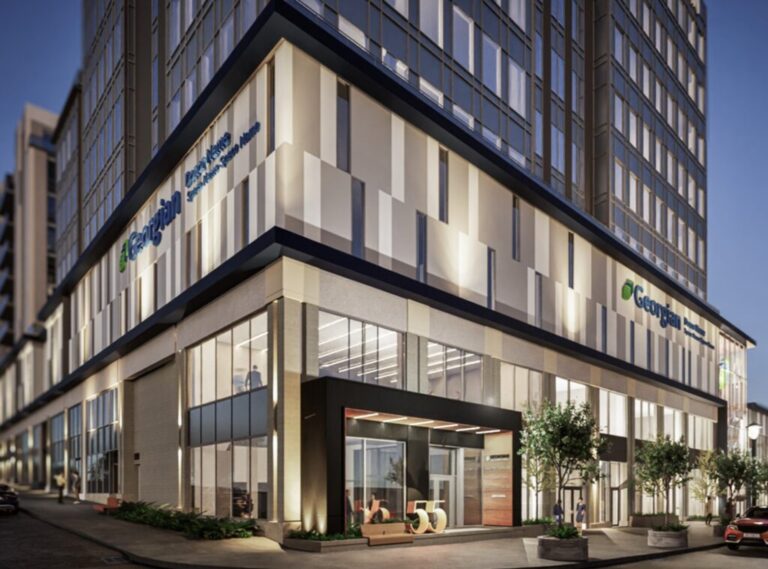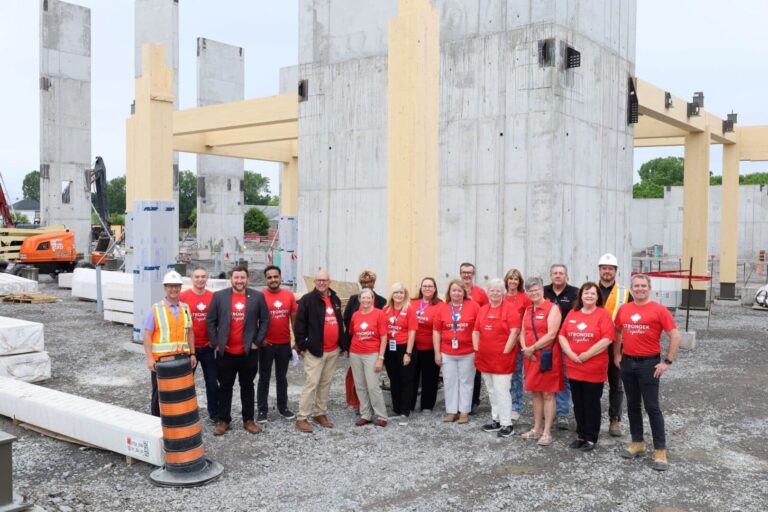New federal investments are helping to lower emissions and increase the resiliency of communities, while creating jobs and building Canada’s low-emission energy future.
Seamus O’Regan Jr., Minister of Natural Resources and Joanne Vanderheyden, president of the Federation of Canadian Municipalities (FCM) announced a $1-million investment through FCM’s Green Municipal Fund (GMF) to help reduce greenhouse gas (GHG) emissions and improve the quality of land, water, and urban transit in communities throughout Ontario’s Golden Horseshoe region.
“Our cities and communities influence half of the country’s greenhouse gas emissions. That means local action is critical,” added Vanderheyden. “With support from the Green Municipal Fund, this is happening: municipalities of all sizes are implementing smart low-carbon solutions. Empowering this local expertise is vital to meeting Canada’s climate goals.”
The City of Vaughan will receive $357,170 to test the use of an on-demand micro-transit system around the Rutherford GO Transit commuter station to reduce reliance on automobile park-and-drive conditions and shift away from single-occupant vehicles. The city will also receive an additional $20,300 to conduct a study to assess the technical and financial feasibility of undertaking a deep energy retrofit at Fire Station 7-1 to make it a net zero energy, zero carbon or passive house facility.
The City of Mississauga will receive $175,000 to complete a GMF signature feasibility study. It will develop a mandatory, performance-based Green Development Standard for newly constructed buildings, which will target emissions reductions through high-performance, energy-efficient and climate-resilient buildings.
The Region of Peel, with funding of $175,000, will study financially viable options for retrofitting its six-story headquarters to meet the Canada Green Building Council’s zero-carbon building standard.
The City of Richmond Hill will receive $120,550 for a study looking at downsizing an aging system of four contiguous online stormwater management facilities and bringing the design of the remaining facilities in line with current municipal and provincial criteria for water quality, water quantity and erosion control.
The City of Brampton will receive $63,450 to explore opportunities to generate and store on-site renewable energy, and decrease water consumption at the Susan Fennell Sportsplex (formerly South Fletcher’s Sportsplex).
The City of Burlington and the Burlington Economic Development Corporation will receive $42,300 to support the development of a Community Improvement Plan to redevelop brownfield sites to help meet the city’s demand for development-ready lands and attract new employers to keep jobs within the municipality.
The Town of Halton Hills receives $24,600 to study the technical and financial requirements for retrofitting its 30-year-old town hall to become a net-zero energy building.
The City of Welland will receive $23,600 to study the feasibility of building an energy-efficient fire department headquarters on a redeveloped brownfield site. The study will create a business case for the new building, taking energy savings and return on investment into consideration. Energy modelling will demonstrate the effects of various energy-conservation measures on the building’s overall energy consumption, energy costs, thermal energy demand index and carbon footprint.
Featured image: Peel Regional Headquarters and Police Facility, Brampton, Ontario. (WZMH Architects)





